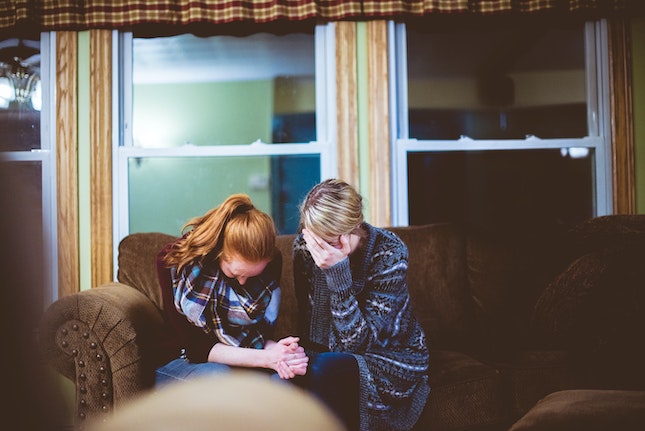What Type of Protagonist Conflict Is In Your Mystery?

What type of protagonist conflict is in your mystery? Is it a physical conflict, like fighting off a killer? Or is it a mental one, like figuring out the clues before the police? Whatever the case may be, it’s important to keep your protagonist on their toes throughout the story. So how do you do that? Here are a few examples of different types of protagonist conflict to get you started.
Why You Need to Give Your Protagonist Trouble
A character without conflict is a boring character. Your reader has no way to make an empathic connection with your sleuth. You want your reader to care about your sleuth because that character is the reader’s guide through the mystery puzzle.
You can have a great plot and an intricate puzzle to solve, but if your reader doesn’t care about your protagonist, they won’t care about the story.
The Nature of Story Conflict
In a story, conflict must relate to the story. That sounds simple, but basically, it means don’t have a fight scene just to have a fight scene. Like any scene, it must make the story move forward.
You want conflict to get your reader to care about your story. They will care about your story when they care about your character.In a recent interview, Troy DeVolld, Producer/Author, addressed the nature of story conflict:
I think people misunderstand conflict. Conflict doesn’t have to be people punching each other in the face on the boardwalk as I used to say. Conflict is a person versus time, person versus the vision of themselves, their vision of themselves versus the reality of being themselves.
In a mystery, conflict challenges your protagonist’s ability to solve the crime. I like the idea of a character’s vision of themself versus the reality of being themself.
What’s Happening Right Now?
Concentrate on what is tripping up your sleuth right now. If you think of conflict this way, you’ll be able to add conflict in each scene. You don’t have to wait for a big dramatic moment to sustain tension with your reader and get them to care about your character.
Two Major Types of Conflict for Your Mystery Detective
Conflict occurs in crime fiction in two ways: conflict affecting the protagonist’s personal life and conflict thrown into the investigation. There is no way to make an investigation run smoothly from start to finish.
There have to be setbacks – obstacles standing in the way of your protagonist. You need to create problems – both personal and professional.
interior conflicts – the struggle they have within themselves, such as moral/ethical dilemmas
conflict with others – the people who impede both their personal and professional life
This is your aim: to make your character’s life difficult, to heap problems on their back, to create tension by placing them in danger.
Examples of the Two Types of Conflict
Here are a few ideas of conflict to confound your mystery detective.
Personal Conflict
- a new relationship
- a former lover arriving back
- an estranged child
- too busy to find time for family
- illness/injury/disability, for example PTSD
- personal goals outside of work either getting in the way or not being met
Investigatory Conflict
- seemingly unbreakable alibis
- lack of evidence at the beginning of the case
- conflict with colleagues, including sexism, racism
- conflict with the system; judges, forensics
- setting; drought, storm, flood
- conflict with the media
- witnesses changing statement
- mistakes in police procedure
- danger during the investigation; fight, chase
- narrow focus on the prime suspect
These are prompts to get you thinking about what type of conflict you use in your mystery.
Choose Your Conflicts and Heap On Trouble
Conflict is an important element in any story, and it’s vital in a mystery. The more complex the conflicts for your sleuth, the better. Choose your conflicts and have fun giving your sleuth trouble.



